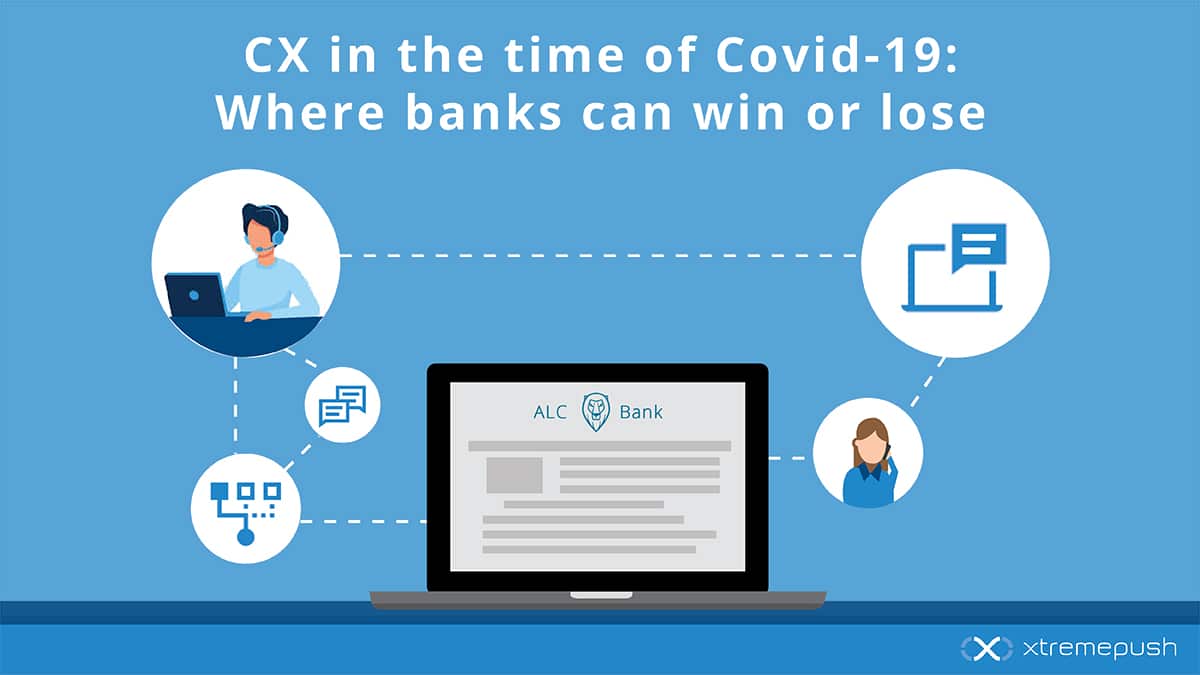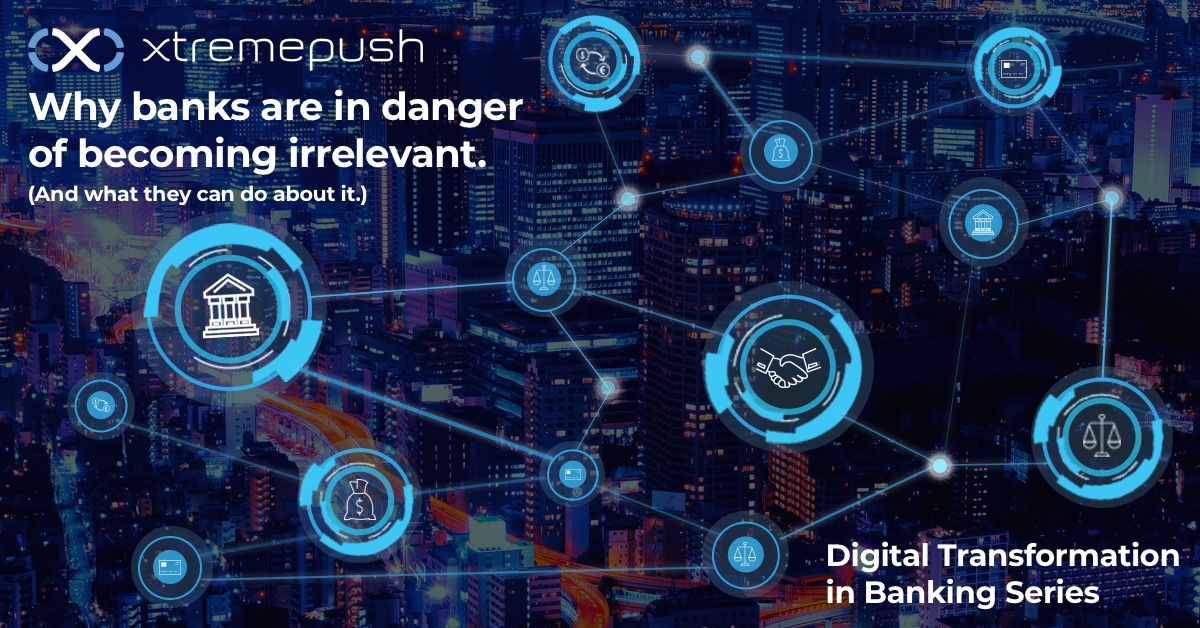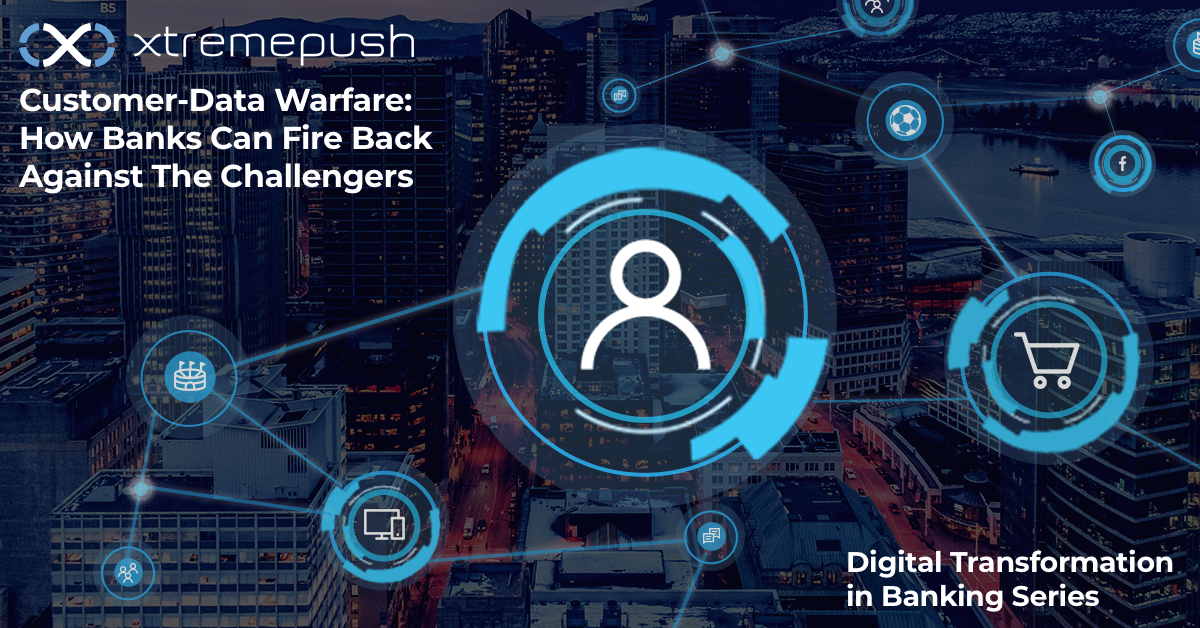Mobile Banking has exploded over the last decade, and with an estimated 1.2 billion users worldwide (source) it has provided enormous opportunities for retail banks to create powerful customer journeys.
source). Considering the shift towards mobile as the main touchpoint for customers with their bank means many are failing their customers by not providing a comprehensive customer journey.
Who uses Banking Apps?
Denmark (90%), Netherlands (89%), Finland (87%) and Sweden (86%) top the EU ranks for the percentage of 16-75 year olds using internet banking (source) in 2017, with the European Union usage almost doubling in 10 years from 25% in 2007 to 49% in 2017. The story continues in the United States, with 111m mobile banking users in 2016, up from 36m in 2009, (source) it is clear that internet and mobile banking have been embraced by consumers.
The Market Force Information, “US Banking: Consumer Experience & Competitive Benchmarks” October 2017 report, states that 79% of Females and 78% of Males have downloaded their primary bank’s mobile banking App. 18-24-year-olds are the most likely users with 96%, which doesn’t drop below 84% until the 45-54 age range. It is clear that banking apps have the appeal throughout the demographics, with over 65’s having a high usage level of 61%. (source)
It is clear from these results that Mobile Banking Apps are a primary touch point for customers when managing their finance.
How can Consumers utilise the services Retail Banks offer?
Banking Apps provide the user with a wide selection of services, including;
- Account creation
- Account management
- Set-up and edit Standing Orders and Direct Debits
- Transferring money to individuals
- Making payments
- Order replacement cards
- Apply for credit cards and loans
Onboarding New Users
In 2016, 72% of consumers used digital channels to open a checking account, compared to 12% in 2014 (source), a huge shift in the way consumers interact with their bank. A third of the top 30 financial institutions support end-to-end account creation via a mobile device (source), which will no doubt continue to increase in the coming years. This, in turn, will increase the number of users creating online banking accounts via a mobile device.
Ensuring a new user who has downloaded a banking app registers is the most important step on the customer journey for banks. It is very common for new users not to complete the registration on their first attempt. Banks need to identify key drop-off points in the user journey and re-engage the user with digital nudges to complete registration. Interactive Push Notifications enable banks to send a personalised, relevant message to the user offering them assistance with registration or a link that brings them back into the registration process.
Account Management
Daily activities on the banking app for users include checking their balances or to see if payments have been made/received. 35% of consumers check their account once a day or more (source). Banks can engage their users with daily updates via Push Notifications or App Mails. Banking apps can set-up an In-App Inbox, which works just like email. Banks can introduce SMS and Email to deliver multi-channel engagement for daily activities to their users. Through app analytics and building individual user profiles, banks can determine the best channel to engage their user.
With the addition of Personal Financial Management (PFM) functionality and services in retail banking apps, banks now have new opportunities to drive engagement. Banks need to educate their users on the additional functionality it offers and how best to use it. There are a number of channels banks can use to engage and educate their users on the app; Push Notifications, In-App Message and App Inbox. For example, when a user enters the app who is registered for the budgeting tool and hasn’t accessed it in a few days, banks can deliver an In-App Message to remind the user.
Payments and Transfers
Banking Apps are being used to a greater extent for transferring money to individuals and making payments to businesses. 69% of users complete a money transfer to individuals within an App (source). Banks can build brand loyalty and drive engagement with an enhanced customer experience and multi-channel engagement.
Customer Service Messaging
In the UK, the Competition and Markets Authority (CMA) required a change in rules as part of its retail banking investigation. These changes mean banks must set up an alert system to help their customers avoid any unnecessary charges, including unarranged overdraft charges. Banks can deliver service messages and security alerts directly to their users via a number of engagement channels including SMS, Email and Push Notifications.
Application Notifications
Financial abandonment rates in Q3 2016 stood at 79.3% within the financial service (source). With 40% of consumers have abandoned a bank application (source). This provides a massive opportunity to implement multi-channel campaigns to drive application completion.
39% of consumers are abandoning an application due to the length of time taken to complete. Engagement channels such as Push Notifications can deliver a personalised message with an immediate frictionless return to the application for the consumer. This allows the user to pick-up the application where they dropped-off and easily complete the application. Email is another channel which banks can choose to re-engage their user, this channel offers an opportunity to remind the consumer to complete their application at a later time.
Utilising Location Technology
Retail banks have enormous potential to strengthen their App by incorporating different technologies, including Location Technology. Banks can use iBeacons within a branch to welcome their app users to the physical location, sending a personalised Push Notification to the user. Engaging your user while in branch offers an excellent customer service while also educating them on services they could undertake in the app.
Banks working with partners, for example, a sporting venue, can utilise Location Technology by setting up a geofence around the stadium which will enable them to engage their app users who enter the stadium. Campaigns can be set-up to deliver a message to the user upon entering the stadium or after a certain dwell time in the stadium. A live use case involves a bank rewarding their loyal customers with a special VIP experience on match day in their partner’s stadium.

How Xtremepush helped TBC Bank enhance their customer experience
Xtremepush is working with TBC Bank to drive app engagement by implementing geofence target areas at stores, branches or a stadium, and delivering contextual location-based and personalized messaging to their app users.
Using Geofences, TBC Bank could deliver customer satisfaction surveys to their users upon exiting a branch, offering bonuses when visiting a partners store and offering an enhanced customer experience via their sponsorship of sports clubs, festivals, music event and club nights. Read more about Xtremepush work with TBC Bank
Speak to Xtremepush
Opportunities to increase engagement and maximize customer satisfaction via Banking Apps are clear. Brands need to be aware that if they either don’t have an App or are not fully utilizing one, not only will their customers be missing out, but they will be too.
Speak to Xtremepush and discover how global enterprise brands are delivering multi-channel engagement campaigns to drive engagement and enhance the customer experience across web and app.














